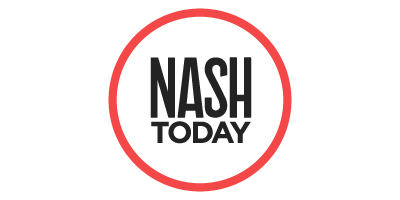Did you know: Metro has its own affordable housing dashboard, which showcases data as it relates to change in income, housing costs, and percentage of households who are cost-burdened. It also tracks which developments are supported by the Barnes Fund.
According to a poll we ran in a recent newsletter, 95% of respondents weren’t aware this tool existed. Let’s change that.
General trends and needs
The state of affordable housing section is broken up into three components. The dashboard features graphs comparing data from the 2021 Census, with more recent data coming in future updates. Here are a few noteworthy takeaways:
Housing costs + cost burden
A household is generally cost-burdened if over 30% of income is spent on housing (think: rent and utilities).
- Monthly housing costs have risen for renters and homeowners since 2021, with new monthly mortgage costs increasing over 80% from 2021 to 2022.
- In 2021, almost half of area renters spent more than 30% of their gross income on housing costs, a higher percentage than owners.
Measures of income
- Data up to 2021 shows that median household incomes for renters and owners have gradually increased, with homeowners bringing in just under $40,000 more than renters annually.
Housing needs + affordable housing production
The estimated number of units needed by 2030 is broken up by what percentage of the Area Median Income households earn — scroll down to the green section to see where your household falls on the scale.
- Households who rent and make 0-30% of the AMI show the most need at 35,715 units. At the time of data collection, 23,000 of those units were still lacking.
Where we’re at
Since FY 2016, 12,212 affordable housing units were funded through various investment methods, including the Barnes Fund.












